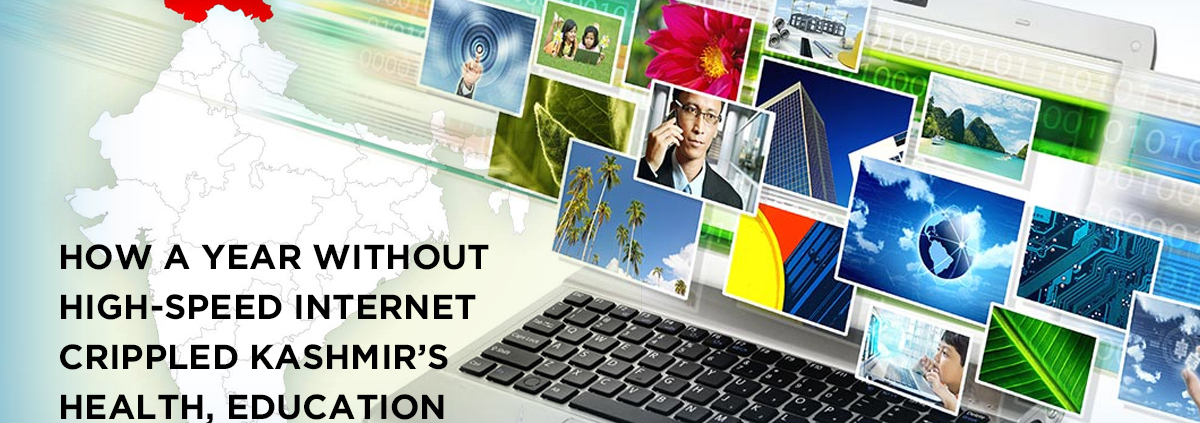After a brief stint in Delhi, 24-year-old Alam Gul returned home to Kashmir in 2018 with hard-earned money and started a software solution company. Just as he began to reap the rewards of his venture and was set for expansion, the valley lost access to internet services, following the abrogation of Article 370. Alam was left with no choice but to call it quits. So did Sami Ullah, Founder of FastBeetle — an online courier service for local businesses. FastBeetle had the distinction of being the first company to digitize the local logistics industry, with multiple branches in Kashmir. Alam and Sami are among the many talented entrepreneurs whose aspirations were dented overnight.
The communication blockade is part of Indian Government’s ongoing efforts to quell armed insurgency in a region that has been a point of contention with Pakistan for decades. The government’s decision to grant access to 2G earlier this year has done little to help Kashmiris, due to network latency and inadequate infrastructure. The pandemic further aggravated the situation. And when the whole world is pivoting to digital ways, through remote working and online classes, the majority of Kashmir continues to dawdle with slow networks, mired in what I believe can be termed as “digital darkness.”
Disconnected to health services
The healthcare sector in India is fairly digitized. Even public hospitals have digital operating models in place, ranging from online appointments to test reports. As soon as high-speed internet was curbed in Kashmir, the health infrastructure was paralyzed. Doctors had to rely on offline resources to diagnose complex conditions. In fact, by one estimate, hospital visits dropped by upto 38%, since government health schemes, which require updation of patient’s records into databases for reimbursement, could not be processed.
Later on, during the pandemic, when the better part of the world stayed connected and accessed credible COVID-related information via the internet, Kashmir remained mostly oblivious to latest developments. Early spike in infected cases can be attributed to lack of information, as non-COVID patients could not avail online consultations and visited hospitals instead. This was during the time when PM Modi was urging Indians to use the Aarogya Setu app and go digital!
Education or digital repression?
Digitization is central to the much-touted National Educational Policy 2020 of the Union Government. How does this correlate to education in Kashmir? The short answer is: It doesn’t. Around 30,000 schools and 400 institutions of higher education in J&K, which are not equipped with internet services, recorded high levels of absenteeism since 2019. This, in turn, has adversely impacted the career prospects of the young generation. According to official estimates, over 500,000 people are currently unemployed in Kashmir, owed in part to the pandemic effect.
However, did the communication blockade serve the intended purpose? If ORF is to be believed, it made matters worse; it has fueled a new wave of radicalization, with unemployed youths increasingly falling prey to devious designs. In fact, it has dealt a collateral damage to Indian forces, by hampering effective, timely communications between intelligence agencies, ground forces and informants. In addition, the economic losses from a year of internet shutdown is estimated to be a whopping INR 40,000 crores! The situation requires the Indian government to revisit their Kashmir strategy and devise a framework to foster the digital economy, without compromising its territorial integrity. Because, to quote Martin Luther King, “darkness cannot drive out darkness; only light can do that.”



